Making a hole in the rock necessitates the use of a trusty drill bit—a long metal rod boasting a sharp point at its end. Affixing this bit to a drill, a machine that can rotate it, followed by connecting the tool to a rope to ensure easy lowering in the rock, allows for a successful commencement of rock drilling.
After the initial entry-hole is bored, the drill bit is replaced with a reamer. This specially designed instrument is then linked to a rope which helps guide it into the crevice. Then, this reamer enlarges the incision and widens the gap.
Once the cavity had been broadened, the reaming device was unsheathed and replaced with a different drill bit. This type of bit is known as a core drill and is designed to puncture a hole directly in the middle of the specimen of rock. To ensure precise placement, the core drill was attached to a length of rope with which it was lowered against the rock.
Once the hole is drilled, the core drill is unhitched and replaced with a hammer drill. This type of drill bit is specifically designed to bore through rock. The hammer drill is fastened to a rope which, when lowered, allows it to penetrate the rock and form the desired hole.
Once a hole is cut, the hammer drill is taken away and exchanged for a chisel. This chisel is used to create an opening in the rock beneath. Connected to a rope, it is carefully lowered into the rock’s depths.
A space is formed in the rock after the chisel is carefully lifted away, leaving room for a new tool – the drill. This drill bit needs to be fastened securely then sent down into the depths of the stone, its progress securely monitored by a connected rope. Through precise operation, a hole is created with remarkable accuracy.
With the initial hole in the rock successfully drilled, the drill is removed and replaced with an auger, a different type of bit used to burrow further. This auger is connected to a rope which guides it deeper into the stone as it excavates.
With the auger now absent from the existing drilled hole, it’s time to affix a fresh drill bit. This drill bit is referred to as a core drill, which is purpose-built to penetrate through rock-solid surfaces. It’s also tied to a rope, aiding in its descent into the rocky terrain.
After the necessary hole has been carefully crafted, the core drill is taken off and replaced with a hammer drill. This powerful piece of equipment is responsible for boring through any massive rock formation. It is also fixed to a rope for secure lowering into even the most unreachable spots.
Having completed the first step with the hammer drill, switch out the bit and mount the chisel. This tool is ideal for making the hole in the rock; a rope is added to make sure it can be lowered down safely. Once in position, it is ready to shape the passage, granting access to whatever lies beneath.
Once the cavity had been hewn into the surface with a chisel, a new drill bit was affixed. Called a drill, it was required to puncture the solid stone and in order for it to be done safely, a rope was linked to it. This rope was lowered with the drill into the hole.
Once the drill does its job, it is removed and replaced with an auger, a specialized drill bit. This auger will bore its way through the rock, assisted by a rope to direct its descent into the hard terrain.
After drilling the hole, the auger is detached and swapped for a core drill. This kind of drill bit is specifically tailored to penetrate the rock with a neat hole. Typically, a rope is affixed to the core drill and then gradually lowered into the rock, forging a pathway as it descends.
Once the foundational hole is drilled, the core drill can be detached and replaced with a new drill bit: the mighty hammer drill. It’s lowered into the rock by rope and used to bore a hole into the toughest of surfaces with ease. This unconventional tool applies powerful percussion to break through even the roughest of terrains.
Once the initial hole has been crafted, the hammer drill is extracted and replaced with a new device. This device, referred to as a chisel, is used for further cutting, creating an aperture inside the stone. The chisel is then connected to a length of rope which is used to carefully ferret it into the rock formation.
After hollowing the space with the chisel, it is then discarded in order to initiate a new drilling process.
Related Product
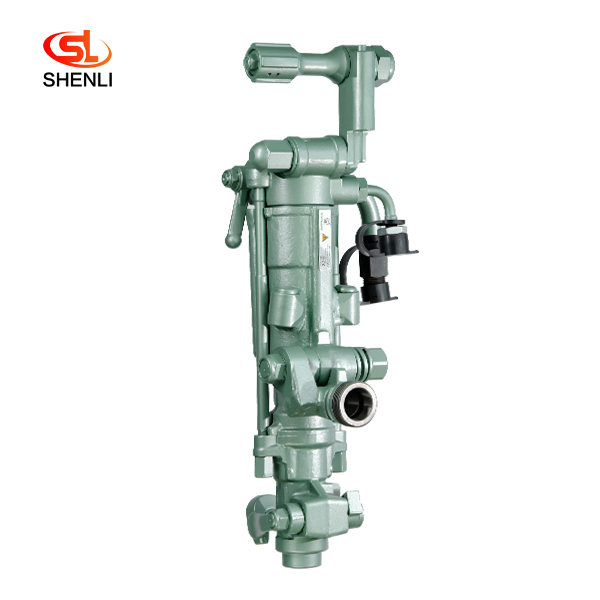
S250 Air Leg Pneumatic Rock Drill Pusher Leg Rock Drill
(S250 jackleg Drill) has been the preferred choice of miners who demand high performance, superior control and lasting reliability. the S250 jackleg allows operators to drill in co […]

Cir Series Dth Bits(Low Pressure) Cir90-90
Down-the-hole (DTH) hammer bits are used with Down-the-hole hammers for drilling holes through a wide range of rock types. In conjunction with DTH hammers, drill hammer bits are de […]
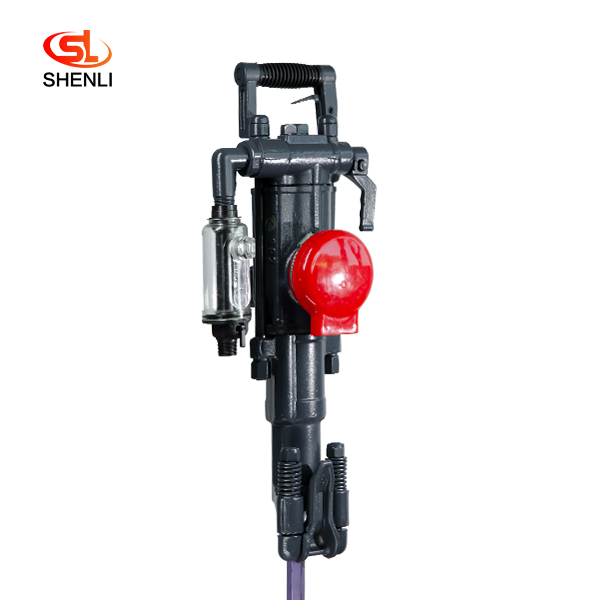
S82 Air Leg Pneumatic Rock Drill Pusher Leg Rock Dril
Model S82 air-legged rock drills are heavy-duty air-legged rock drills with high efficiency and low consumption, which are especially suitable for use in the construction of railro […]

Taper Bits
Taper bits, especially Tapered button bits are the most popular tapered drill bits with a wide selection of head diameters from 26mm to 48mm. With carbide buttons cold pressed on t […]
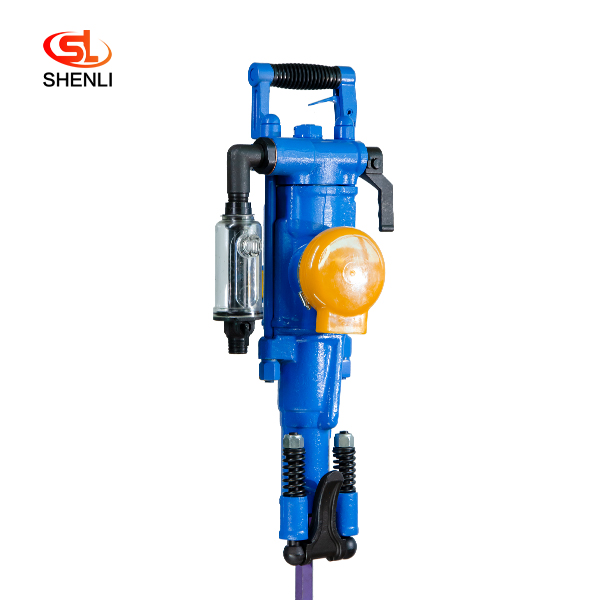
YT28 Air Leg Pneumatic Rock Drill Pusher Leg Rock Drill
The YT28 air-leg rock drill is a kind of high-efficiency, energy-saving and environmentally friendly rock drilling equipment. Compared with similar pneumatic products, the YT28 air […]
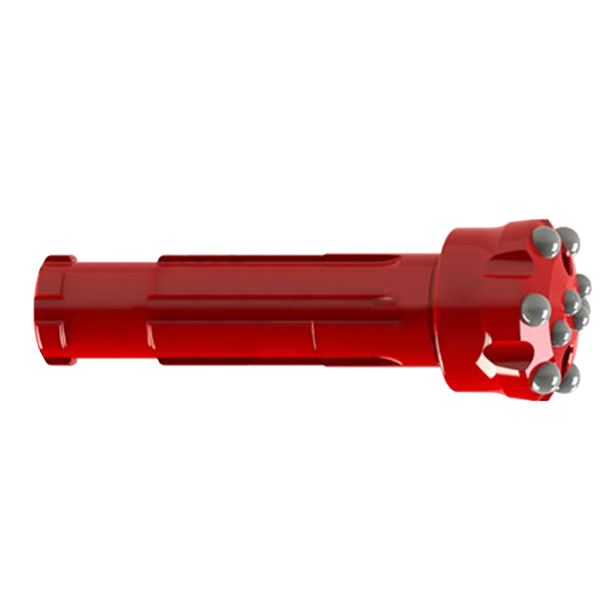
DHD Series DTH Bits(High Pressure) DHD
high pressure drill bit is mainly used in geological exploration, coal mine, water conservancy and hydropower, highway, railway, bridge, construction and construction, etc. Advanta […]
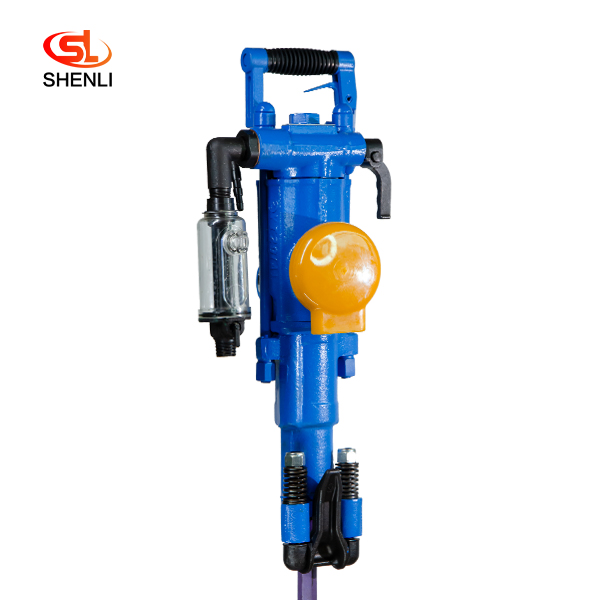
YT29A Air Leg Pneumatic Rock Drill Pusher Leg Rock Drill
YT29A air-legged rock drills are heavy-duty push-leg (air-legged) rock drills with low energy consumption, which are more suitable for drilling horizontal or inclined holes in medi […]
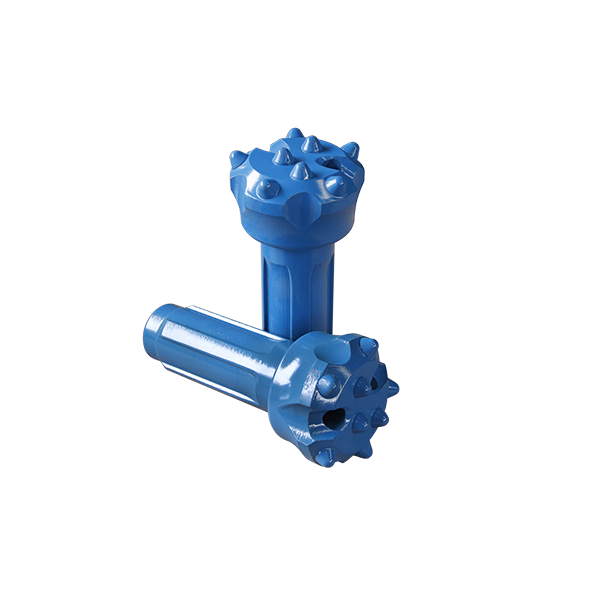
CIR Series DTH Bits(Low Pressure) CIR76-76
Down-the-hole (DTH) hammer bits are used with Down-the-hole hammers for drilling holes through a wide range of rock types. In conjunction with DTH hammers, drill hammer bits are de […]
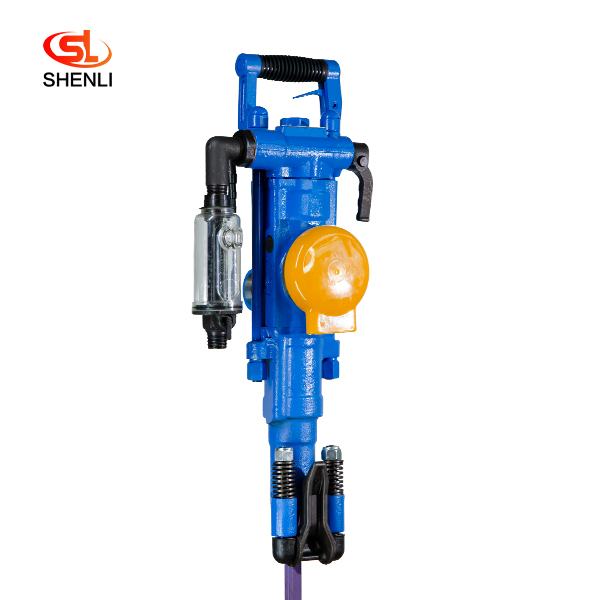
YT27 Air Leg Pneumatic Rock Drill Pusher Leg Rock Drill
The YT27 air-legged rock drill is a highly efficient lightweight rock drill suitable for downward or inclined drilling in medium-hard or hard (f=8 – 18) rock with a diameter […]
Post time: 2023-06-23

